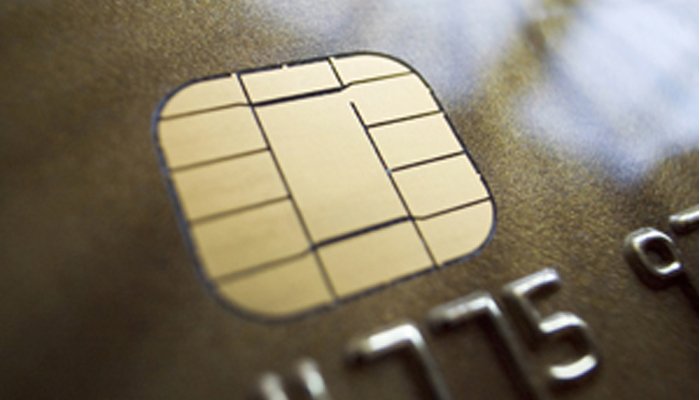October 1st was the official start of the EMV era. That’s the date that merchants, financial institutions, and consumers had spent several years preparing for, as the United States welcomed new credit cards, debit cards, and POS systems. However, the initial results observed since the beginning of the month have tempered the expectations of many, generating an underwhelming effect throughout the payments industry. EMV processing may be off to a slow start, but it’s only just the beginning.
A Long Road Ahead for EMV
Visa processing data indicates that during August of this year, only about 300,000 credit card processing locations in the United States were enabled for EMV processing. To put that number in perspective, there are an estimated 8 million card processing merchants throughout the country. With little more than 20% of credit and debit cards currently featuring the EMV chip, it is clear to see that the EMV transition has not been as instantaneous and as game-changing as originally thought.
However, industry experts aren’t worried by the small numbers. According to an article in Digital Transactions, Stephanie Eriksen, VP of Risk Products at Visa, suggests EMV processing isn’t an instant solution. She claims that the EMV transition took up to three years to complete in other countries, suggesting that this is only just the beginning in the transition from magstripe cards to EMV cards.
Immediate Roadblocks: The Holidays
One glaring issue that faces the industry during the EMV launch is the upcoming holiday season. Normally, merchants are hesitant to make upgrades to their POS systems around this time of year. Most of their customers are returning guests, and are already familiar with how to pay. Ahead of the holiday season, it is smarter to save the upgrades and changes until after the busy shopping period to avoid long lines and confused shoppers.
However, with the EMV liability shift in effect, merchants have little choice in the matter. If merchants do not upgrade to EMV-friendly POS systems, they could be held liable in the event of wide-scale fraud. With the holidays being a favorite time of year for fraudsters (think back to the massive Target breach), merchants may want to consider installing that new EMV technology sooner rather than later.
With checkout times at major retailers expected to longer by an average of eight seconds, perhaps the best thing for merchants to do is to upgrade their POS terminals, post instructions for consumers nearby, and educate staff to help speed up the payment process.
EMV Processing is Underway
Regardless of how fast the U.S. adapts to EMV processing, we’re moving in the right direction. EMV is a safer way to shop, and is estimated to cut the risk for credit card fraud exponentially. While we may be several years away from exclusively paying with EMV chips, the best thing merchants, consumers, and financial institutions to do is to move forward together.


